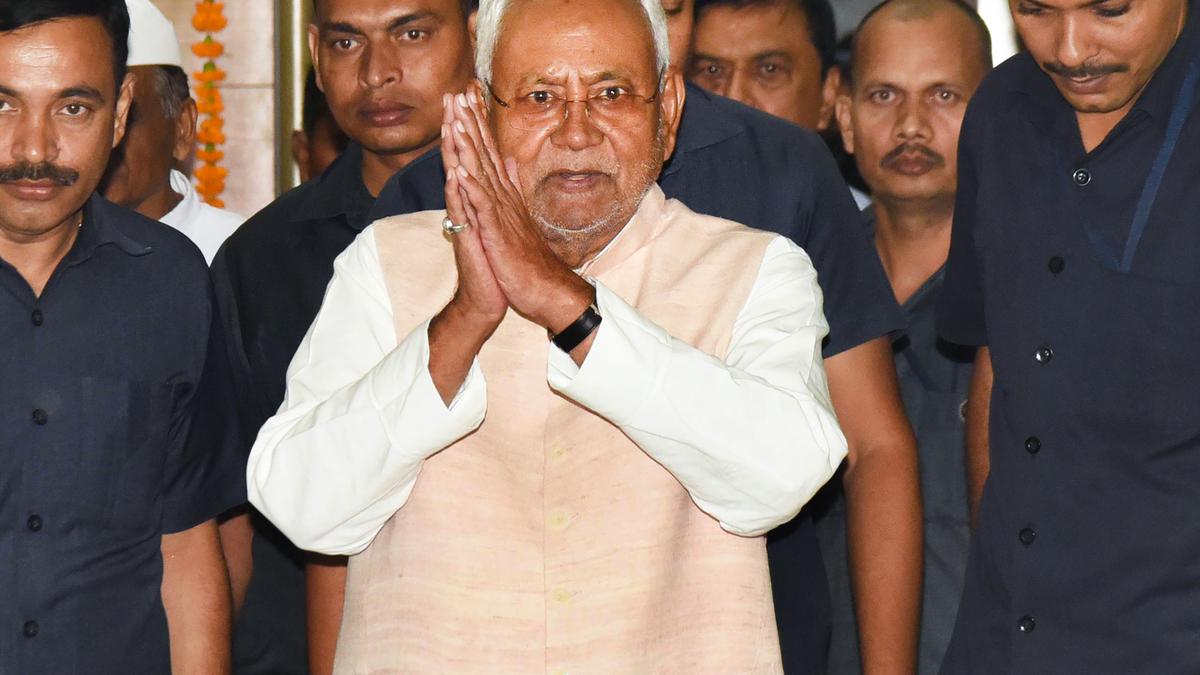
In the Bihar Assembly, 32% legislators are OBCs; 24% belong to the General Category; EBC and Muslim legislators together number fewer than 20%
The Hindu
The Hindu’s analysis of the socio-economic backgrounds of all 243 MLAs of the Bihar Assembly.
In the current Bihar Assembly, the number of legislators from the Other Backward Classes (OBC) and the General Category are greater by about five percentage points and 10 percentage points, respectively, whereas legislators from the Extremely Backward Classes (EBC) and Muslims are among the least in number — by more than 13 percentage points and 10 percentage points, respectively, according to The Hindu’s analysis of the socio-economic backgrounds of all 243 MLAs.
After having released preliminary caste-based population data in the State in October, the Bihar government on Tuesday tabled in the Assembly the entire report on its caste-based survey, which records socio-economic data of over 13 crore people in the State.
According to the survey, EBCs comprise over 36% of the State’s population, OBCs are a little over 27%, with the General Category coming in at 15%. Scheduled Castes (SC) and Scheduled Tribes (ST) were found to comprise 19.6% and 1.6% of the total population, respectively. The survey also found that 17% of the population is Muslim.
Also Read | Bihar Cabinet approves proposal to hike quotas from 50% to 65%
However, this population break-up is not entirely represented in the Bihar Assembly. In the Assembly, while nearly 33% MLAs are OBCs and 24.58% are from the General Category, only 11% are from the EBCs, and 7% are Muslims, with 15% being from the SCs. The Hindu also found that less than 1% of the Bihar Assembly’s legislators are from the STs.
Even among the dominant OBC communities, it was found that the Yadav community was the most over-represented with 22.6% MLAs coming from this community, compared to their 14.26% share in the population. This is followed by the Baniya community, the representation of which in the Assembly stands at 6.99% compared to 2.31% share in the population. Further, the Kurmi and Kushwaha communities are also slightly over-represented in the Assembly by about one to two percentage points.
Among the General Category, it was found that the representation of Brahmins was at 5.76% compared to their 3.65% share in the population. But the most over-represented General Category was found to be the Rajput community. The Assembly has 26 MLAs from this community — amounting to over 10% of the House, compared with its 3.45% share in the population. This is followed by the Bhumihar community, the representation of which in the Assembly stands at 6.58% compared with its 2.86% share in the population.Apart from these communities, the Baniya and Kayastha communities were also found to be over-represented in the Assembly.













